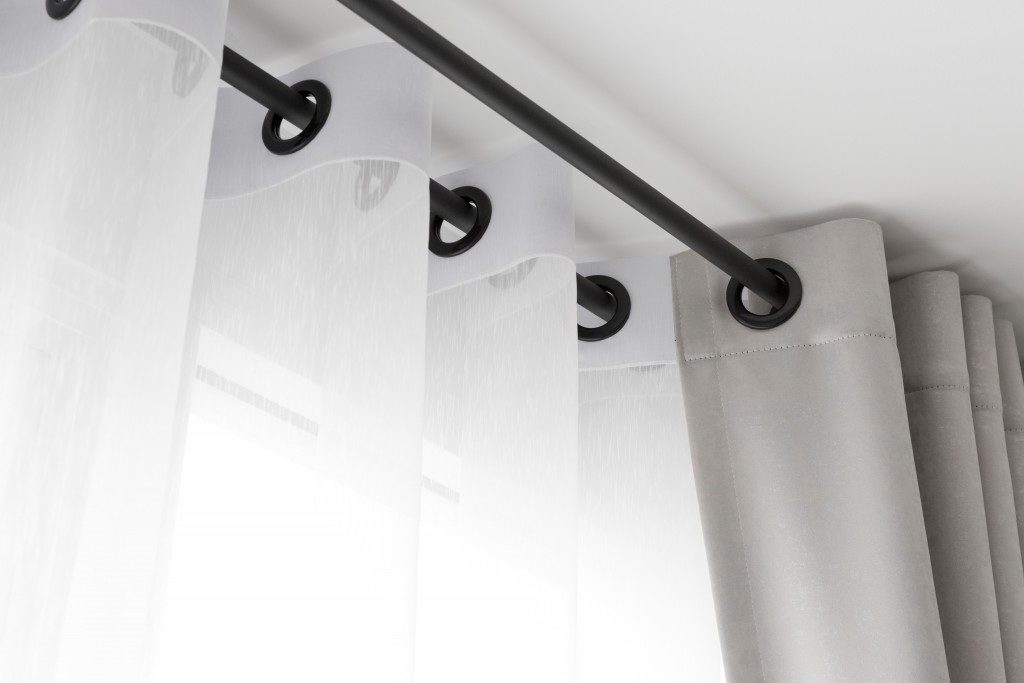Disclaimer: This website provides health information for educational purposes only and is not a substitute for professional medical advice, diagnosis, or treatment. Always seek the guidance of a qualified healthcare provider with any questions you may have.
Tensile fabric structures are becoming increasingly common. This is because most people have realized there is a way out of the expenses of a conventional brick and mortar structure for outdoor relaxation or entertainment in residential properties. The same applies to offsite operating premises and storage for projects away from your main office. The solution in both cases lies in a tensile fabric structure. This is a structure characterized by the tensioning of a membrane system, often using a cable or wire, to generate structural support for the structure. Though tensile fabric structures comprise two primary building blocks, they are incredibly versatile. You can design and shape them around different requirements to create the perfect shapes, canopies, and curves that will accommodate your use of the structure. Fabrics will stretch when pulled in different directions, but they all do not have the required tensile, adhesion, and tear strengths for the formation of tensile structures. The following are the fabric types that have the characteristics needed for the construction of tensile fabric structures. 
Cotton Canvas
This is the oldest material choice for tensile structures. It nonetheless is still used for tents and the provision of shade in properties with classical architecture designs. There are several alternatives for cotton canvas used for tensile structures, including light, heavy proofed, and light twill cotton canvas.
Polyester
This material has the ideal stretch, strength, and durability ideal for making a tensile fabric structure. There are two categories of polyesters used for these structures, including vinyl-laminated and vinyl-coated polyesters. Vinyl-laminated polyester comprises polyester pressed between layers of PVC film then joined to create a single-ply product using heat, an adhesive, and pressure. Vinyl-coated polyester, on the other hand, comprises polyester scrim and an adhesive or bonding agent combined with PVC coating. This material is extremely flexible and thus the most common one for tensile structures. Polyester has a 10- to 20-year lifespan.
Fiberglass
This comprises woven fiberglass that has been coated using PTFE. The fiberglass, in this case, will be drawn into continuous filaments before it is bundled into yarns that are woven to make a substrate. Fiberglass for tensile structures are incredibly strong, energy-efficient, elastic, and have no risk of creep or stress relaxation. Owing to these properties, fiberglass is used for fabric structures in stadium domes and permanent structures. 
Blackout Fabric
This is a material comprising two laminate layers enveloping an opaque layer. The heating and cooling of the structure constructed using blackout fabric should be controlled as needed since the material allows no light to pass through. It also averts the noticing of the dirt on the exterior by people on the inside. To this end, blackout fabrics are used for hosting private high-end events and in the greenhouse sector.
The above materials can all be coated with different products to boost their durability and capability to withstand exterior elements. The standard coatings used include PVDF, PVDF/PVC, PVF film lamination, and titanium dioxide. While their choice might seem easy enough for you, carefully consider the supplier you choose for your fabric structure. Settle for a knowledgeable supplier since this will guarantee the best fabric construction to suit your needs.




